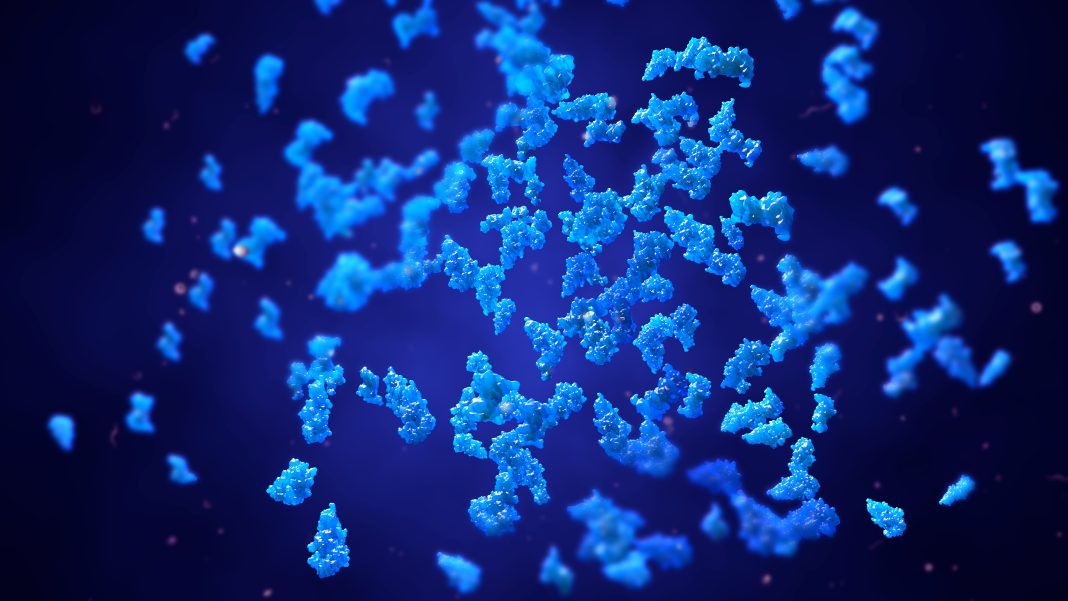Scientists from Trinity College Dublin have discovered that a key immune alarm protein previously believed to calm down the immune response actually does the opposite.
Their research, “Myeloid cell–derived proteases produce a proinflammatory form of IL-37 that signals via IL-36 receptor engagement,” is published in Science Immunology.
The scientists from the Smurfit Institute of Genetics at Trinity College Dublin found that Interleukin-37 has an unexpected function as an immune-activating molecule, as previous studies suggested that this interleukin instead served as an “off switch” for the immune system.
“Interleukin-1 (IL-1) family cytokines are key barrier cytokines that are typically expressed as inactive, or partially active, precursors that require proteolysis within their amino termini for activation,” wrote the researchers. “IL-37 is an enigmatic member of the IL-1 family that has been proposed to be activated by caspase-1 and to exert anti-inflammatory activity through engagement of the IL-18R and SIGIRR. However, here we show that the longest IL-37 isoform, IL-37b, exhibits robust proinflammatory activity upon amino-terminal proteolysis by neutrophil elastase or cathepsin S.”
“Interleukins play key roles in regulating our immune systems in response to bacterial and fungal infections,” explained Seamus Martin, PhD, Smurfit professor of genetics. “However, Interleukin-37 has long remained an enigma, as it isn’t found in mammals such as mice. This has presented a major obstacle to figuring out what it does as much of what we know about the human immune system has first been discovered in model organisms whose biological make-ups are similar to ours.”
“This pro-inflammatory impact was highly unexpected,” added Martin. “Our work shows that the protein binds to an interleukin receptor in the skin that is known to play a key role in driving psoriasis. And, to add further intrigue to the story, this brings the total number of immune alarm molecules that signal via this particular interleukin receptor to four.
“Why there are so many interleukins that bind to the same receptor is a mystery, but if we were to speculate it may be because this receptor serves a very important sentinel function in our skin, and that one alarm protein may simply not be enough to respond to the many different infectious agents that our skin encounters. Our skin is the major barrier between our bodies and the outside world that microbes must breach if they are to gain entry to our bodies and, in many respects, represents the first line of defense in our immune systems.”
Their findings demonstrate that, in common with other IL-1 family members, mature IL-37 can also elicit proinflammatory effects upon processing by specific proteases.



